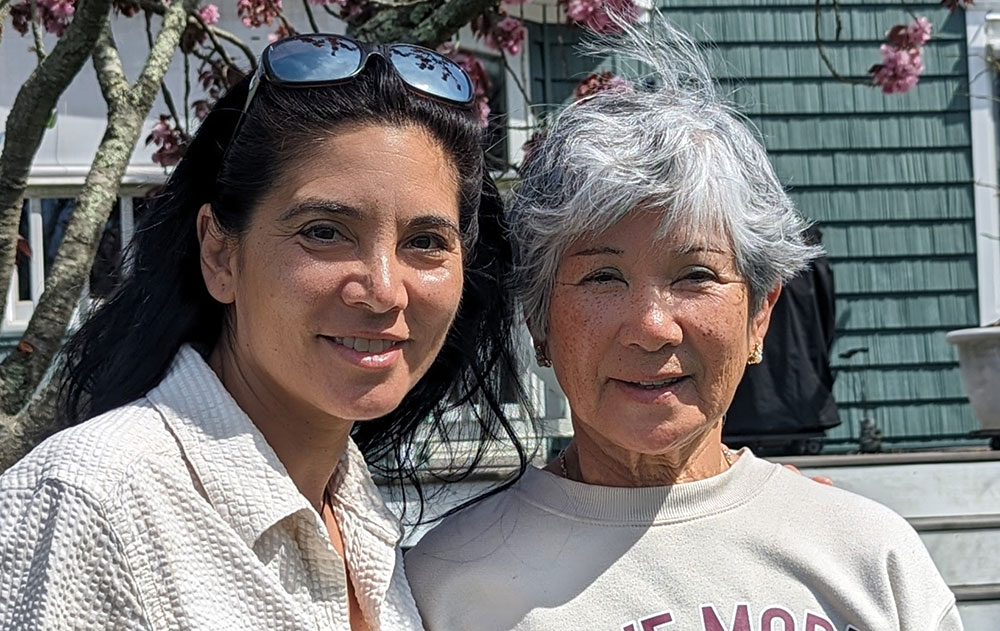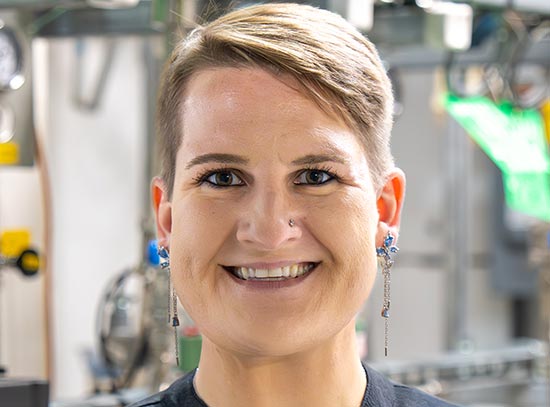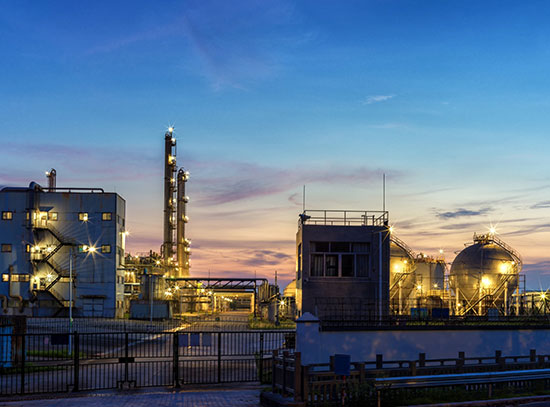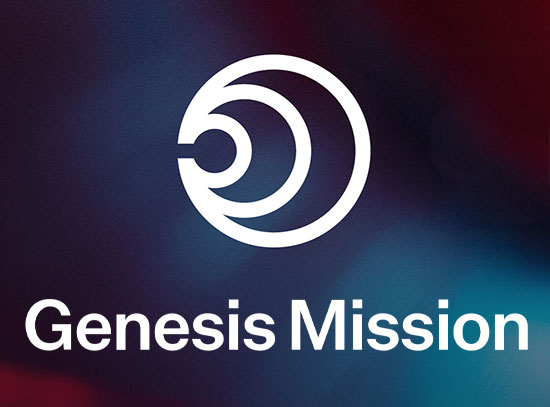A World Between Two Islands
During Asian Americans and Pacific Islanders Heritage Month, Joanna Pendzick reflects on her family's journey from Okinawa, Japan to Long Island, New York
May 11, 2023
In May, we celebrate Asian Americans and Pacific Islanders by honoring the impact of their experiences, contributions, and vast legacy on our collective history. It is also a time to reflect on the challenges of immigrants reaching and settling into a new country. Whether it’s a voluntary adventure to seek out new opportunities or a hurried journey to escape hardship or persecution, it’s a difficult thing to uproot oneself and start anew.
How does one juggle integrating a new culture and customs into their lives while keeping the ways of their family and homeland alive? Joanna Pendzick, a graphic designer at the U.S. Department of Energy’s Brookhaven National Laboratory, reflects on this through the lens of her mother Emiko, a resilient woman from Okinawa, Japan, who took a chance on love and a whole new life.
“I can’t imagine, but I try putting myself in her shoes at 23 years old,” reflected Pendzick. “She met a U.S. airman, fell in love, and within two years she was married in Okinawa. Not long after, she was on a plane, alone, flying to California and hoping that her American GI husband would actually be there waiting for her on the other side. Her family was concerned that she was taking a big chance like this, but at the end of that long journey, there he was.”
After World War II, Japanese women who married US soldiers were often referred to as “war brides,” but on the small island of Okinawa, which was occupied by the US military until the late 70s, these unions were referred to as “international marriages,” which were no less stigmatized. The unions were often criticized in Okinawa and the prejudice against Japanese Americans in the US that started in World War II continued through the Vietnam War and long after. Emiko was not the kind of woman who let obstacles stand in her way, though. She took this leap of faith, despite the risks and naysayers on either side of the globe, and was determined to make a good life for herself and her family overseas.
“My mother was not really typical for what a lot of people think about when they imagine Japanese culture,” said Pendzick. “She was very outspoken and a bit of a tomboy. This made it really easy for her to adapt, she was never afraid to talk to people and ask for what she needed. She taught herself English, passed her citizenship exam, got her driver’s license, and fought for her livelihood as a beautician and barber with her drive to learn and grow. She came from a long line of strong women, though. Her mother was a travelling Shinto priestess who visited the different Ryukyu Islands to teach traditional prayers and ceremonies.”
The journey wasn’t over at that point though. From California, they drove all the way across the country to Long Island, NY, where they settled down and Emiko started carving out a new life and building a family. Despite being strong, it was still a hard world out there. While many were kind and welcoming, the views and attitudes of others could really sting at times, even unintentionally. People tend to fear what they don’t understand and can often compensate by lashing out or poking fun at something really meaningful.
“She felt it was hard to find acceptance among my father’s friends,” explained Pendzick, “and sometimes seemingly innocent comments stung. One example happened at my father’s 10 year class reunion, which happened shortly after she arrived in the US. One of his friends commented on her stylish red shoes and matching purse by ignorantly asking, “Oh…you have shoes like that in Japan?”—He had assumed that Japanese people only wore zori, traditional tatami sandals. In Okinawa, she was always interested in fashion and had her clothes handmade to reflect the latest trends, so the comment was kind of insulting. Despite some bumps in the road, my mother enjoyed living and learning about her new home and assimilated fairly quickly. This made my father a little sad, feeling like he was losing a part of the girl he married.”
That girl was always there though, and she came out in ways that live on through both her children and grandchildren. Pendzick always had a sense of what was necessity and what was simply something she wanted.
“I never felt deprived,” she explained, “but I knew how valuable food was when my mother was growing up, and I try not to make waste remembering that. It’s something I try to instill in my children as well. I have a sense of familial duty because of her. Even when her brother and her were at odds with how she decided to go through life, she maintained a relationship with him, even with the distance. He ended up softening up in the end. Over the years, my mother kept a lot of traditions alive, like dressing my siblings and me in kimonos on special occasions, celebrating Obon— an annual Buddhist event for commemorating one's ancestors—every August, and participating in an Okinawan dance group through the Okinawan Society.”
Individual stories such as Emiko’s, while personal on the surface, find ways to stitch together our shared history and culture. Everyone that Emiko knows gets to learn a little bit about what life is like in Okinawa by experiencing some of the food, clothing, and culture adapted to a life in the U.S. All of these personal interactions add up in our communities. Asian-American art, activism, STEM breakthroughs, food, pop culture, and so much more is deeply ingrained in every American’s day to day lives. Whether it’s something as big and iconic as Bose speakers or something as simple and personal as a neighbor’s pho recipe, Asian-American culture is American culture.
Brookhaven National Laboratory is supported by the Office of Science of the U.S. Department of Energy. The Office of Science is the single largest supporter of basic research in the physical sciences in the United States and is working to address some of the most pressing challenges of our time. For more information, visit science.energy.gov.
Follow @BrookhavenLab on Twitter or find us on Facebook.
2023-21167 | INT/EXT | Newsroom










